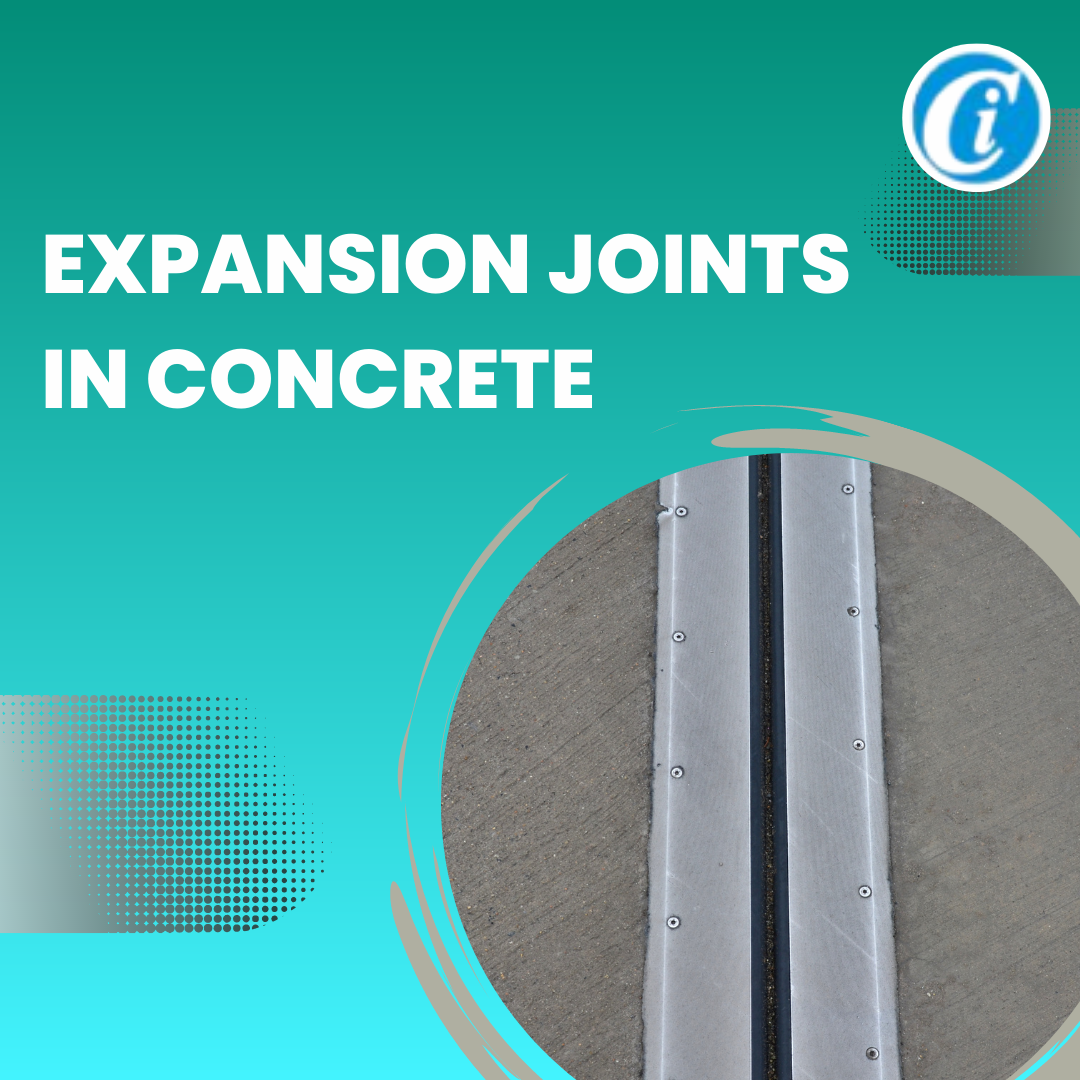The Importance of Expansion Joints in Concrete Construction
In concrete construction, expansion joints are crucial components that allow for the natural expansion and contraction of the material. These joints help prevent cracks and damage caused by temperature changes, moisture, and other factors.
In this article, we will explore the importance of expansion joints in concrete and how they contribute to the durability and longevity of structures.
What are expansion joints?
Expansion joints are intentional gaps or spaces that are incorporated into concrete structures to accommodate the natural expansion and contraction of the material. These joints are typically filled with a flexible material, such as rubber or foam, that allows for movement while still maintaining the integrity of the structure.
Without expansion joints, concrete structures would be more prone to cracking and damage, as the material expands and contracts in response to temperature changes and other environmental factors.
How do expansion joints work in concrete construction?
Expansion Joints in concrete construction work by providing a space for the concrete to expand and contract without causing damage to the structure. When concrete is exposed to temperature changes or other environmental factors, it naturally expands and contracts.
Without expansion joints, this movement can lead to cracks and other forms of damage.
The expansion joints are designed to absorb the stress caused by the movement of the concrete. They are typically filled with a flexible material, such as rubber or foam, that can compress and expand as needed. This allows the concrete to move without putting excessive pressure on the structure.
By incorporating expansion joints into concrete construction, builders can ensure that the material can adapt to changing conditions without compromising the integrity of the structure. This is especially important in large concrete structures, such as bridges and highways, where the expansion and contraction of the material can be significant.
What happens if expansion joints are not used?
If expansion joints are not used in concrete construction, the natural expansion and contraction of the material can cause significant damage to the structure. Without the ability to accommodate movement, the concrete may crack, warp, or even collapse under stress.
This can lead to costly repairs and potential safety hazards. Additionally, without expansion joints, the concrete may push against adjacent structures or create uneven surfaces, further compromising the integrity of the construction. Therefore, it is crucial to include expansion joints in concrete projects to ensure the longevity and stability of the structure.
Where are expansion joints typically installed?
Expansion joints are typically installed in areas where there is a high likelihood of movement or stress in the concrete. This includes areas such as bridges, highways, parking structures, sidewalks, and buildings.
Expansion joints are commonly found at points where different sections of concrete meet, such as at the ends of slabs or where a sidewalk connects to a building. They are also installed in areas where there may be temperature changes, such as near heating or cooling systems, or in regions with extreme weather conditions.
By strategically placing expansion joints in these areas, the concrete can expand and contract without causing damage to the overall structure.
What are the different types of expansion joints used in concrete construction?
There are several different types of expansion joints used in concrete construction, each designed to accommodate different types of movement and stress. The most common types include:
- Isolation Joints: These joints are used to separate different sections of concrete, allowing them to move independently. They are typically installed at regular intervals and are filled with a flexible material, such as rubber or foam, to absorb movement.
- Control Joints: Control joints are used to control cracking in concrete caused by shrinkage during the curing process. They are typically installed in a straight line and are filled with a joint filler material to prevent water and debris from entering the joint.
- Expansion Joints: Expansion joints are used to accommodate the natural expansion and contraction of concrete due to temperature changes. They are typically installed at intervals along a structure and are filled with a flexible material, such as a rubber seal or foam, to allow for movement.
- Construction Joints: Construction joints are used to separate different stages of concrete construction, such as when pouring a new section of concrete next to an existing one. These joints are typically filled with a joint filler material to prevent water and debris from entering the joint.
By using the appropriate type of expansion joint for each specific application, concrete structures can withstand the natural movement and stress that occurs over time, ensuring their longevity and durability.

